Amin Zeiaee
A Computational Approach for Human-like Motion Generation in Upper Limb Exoskeletons Supporting Scapulohumeral Rhythms
Dec 19, 2017
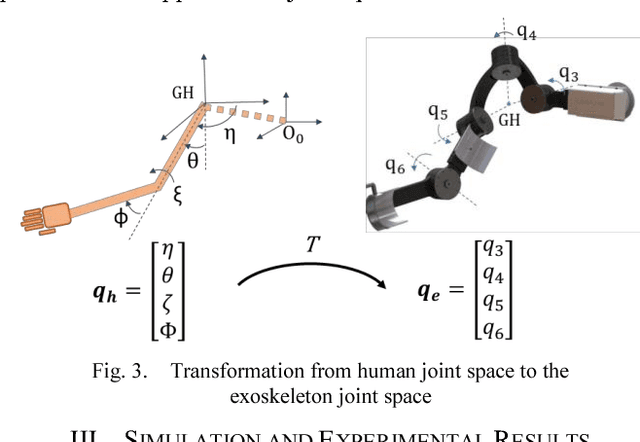

Abstract:This paper proposes a computational approach for generation of reference path for upper-limb exoskeletons considering the scapulohumeral rhythms of the shoulder. The proposed method can be used in upper-limb exoskeletons with 3 Degrees of Freedom (DoF) in shoulder and 1 DoF in elbow, which are capable of supporting shoulder girdle. The developed computational method is based on Central Nervous System (CNS) governing rules. Existing computational reference generation methods are based on the assumption of fixed shoulder center during motions. This assumption can be considered valid for reaching movements with limited range of motion (RoM). However, most upper limb motions such as Activities of Daily Living (ADL) include large scale inward and outward reaching motions, during which the center of shoulder joint moves significantly. The proposed method generates the reference motion based on a simple model of human arm and a transformation can be used to map the developed motion for other exoskeleton with different kinematics. Comparison of the model outputs with experimental results of healthy subjects performing ADL, show that the proposed model is able to reproduce human-like motions.
Cleverarm: A Novel Exoskeleton For Rehabilitation Of Upper Limb Impairments
Dec 19, 2017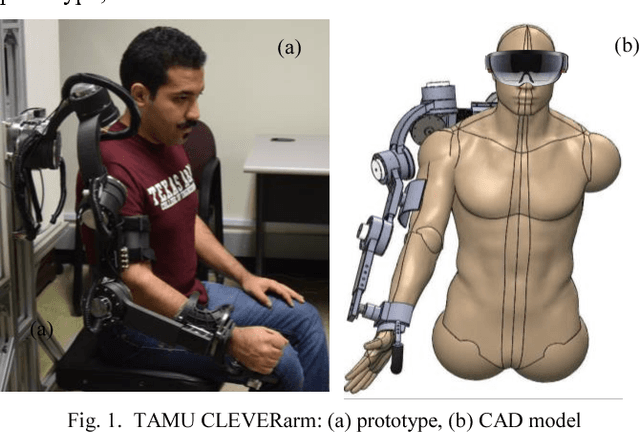

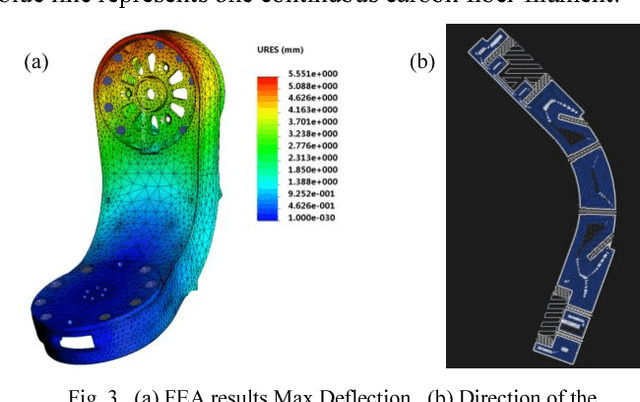

Abstract:CLEVERarm (Compact, Low-weight, Ergonomic, Virtual and Augmented Reality Enhanced Rehabilitation arm) is a novel exoskeleton with eight degrees of freedom supporting the motion of shoulder girdle, glenohumeral joint, elbow and wrist. Of the eight degrees of freedom of the exoskeleton, six are active and the two degrees of freedom supporting the motion of wrist are passive. This paper briefly outlines the design of CLEVERarm and its control architectures.
Challenges and Opportunities in Exoskeleton-based Rehabilitation
Dec 18, 2017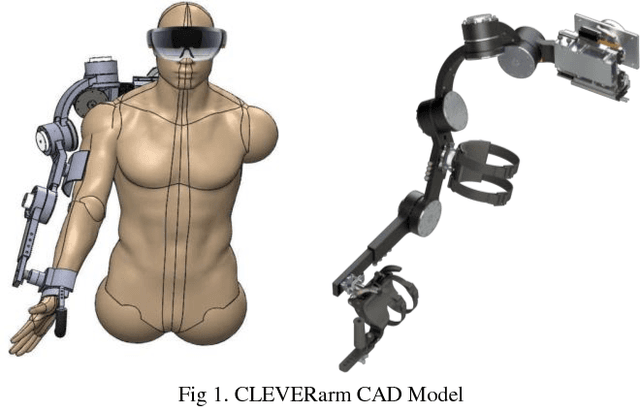

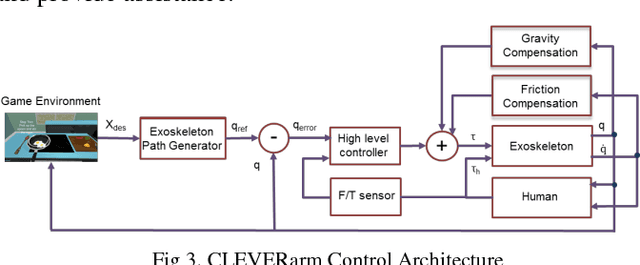
Abstract:Robotic systems are increasingly used in rehabilitation to provide high intensity training for patients with motor impairment. The results of controlled trials involving human subjects confirm the effectiveness of robot-enhanced methods and prove them to be marginally superior over standard manual therapy in some cases. Although very promising, this line of research is still in its infancy and further studies are required to fully understand the potential benefits of using robotic devices such as exoskeletons. Exoskeletons have been widely studied due to their capability in providing more control over paretic limb as well as the complexities involved in their design and control. This paper briefly discusses the main challenges in development of rehabilitation exoskeletons and elaborates more on how some of these issues are addressed in the design of CLEVERarm, a recently developed upper limb rehabilitation exoskeleton. The paper is concluded with several remarks on the current challenges in wide-spread use of exoskeletons in medical facilities, and a vision for the future of these technologies in rehabilitation medicine.
A Systematic Approach For Kinematic Design Of Upper Limb Rehabilitation Exoskeletons
Dec 13, 2017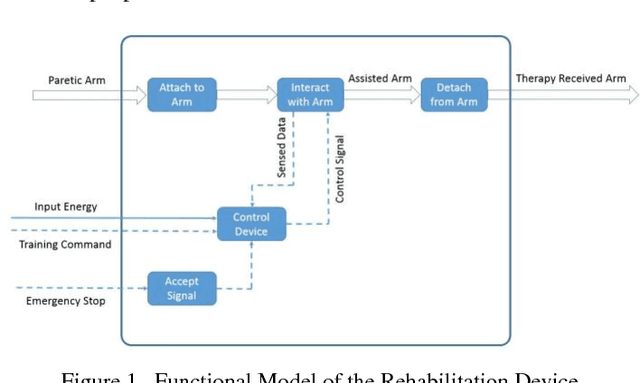
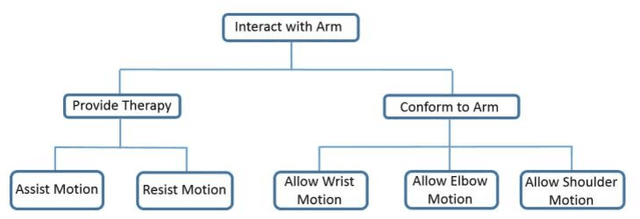
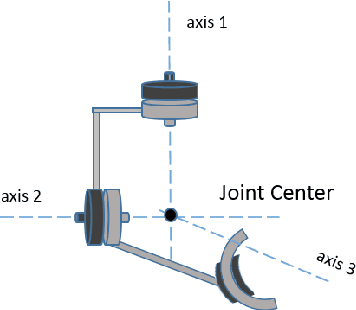

Abstract:Kinematic structure of an exoskeleton is the most fundamental block of its design and is determinant of many functional capabilities of it. Although numerous upper limb rehabilitation devices have been designed in the recent years, there is not a framework that can systematically guide the kinematic design procedure. Additionally, diversity of currently available devices and the many minute details incorporated to address certain design requirements hinders pinpointing the core kinematics of the available devices to compare them against each other. This makes the review of literature for identifying drawbacks of the state of the art systems a challenging and puzzling task. In fact, lack of a unifying framework makes designing rehabilitation devices an intuitive process and prone to biases from currently available designs. This research work proposes a systematic approach for kinematic design of upper limb rehabilitation exoskeletons based on conceptual design techniques. Having defined a solution neutral problem statement based on the characteristics of an ideal device, the main functionality of the system is divided into smaller functional units via the Functional Decomposition Method. Various directions for concept generation are explored and finally, it has been shown that a vast majority of the current exoskeleton designs fit within the proposed design framework and the defined functionalities.
 Add to Chrome
Add to Chrome Add to Firefox
Add to Firefox Add to Edge
Add to Edge